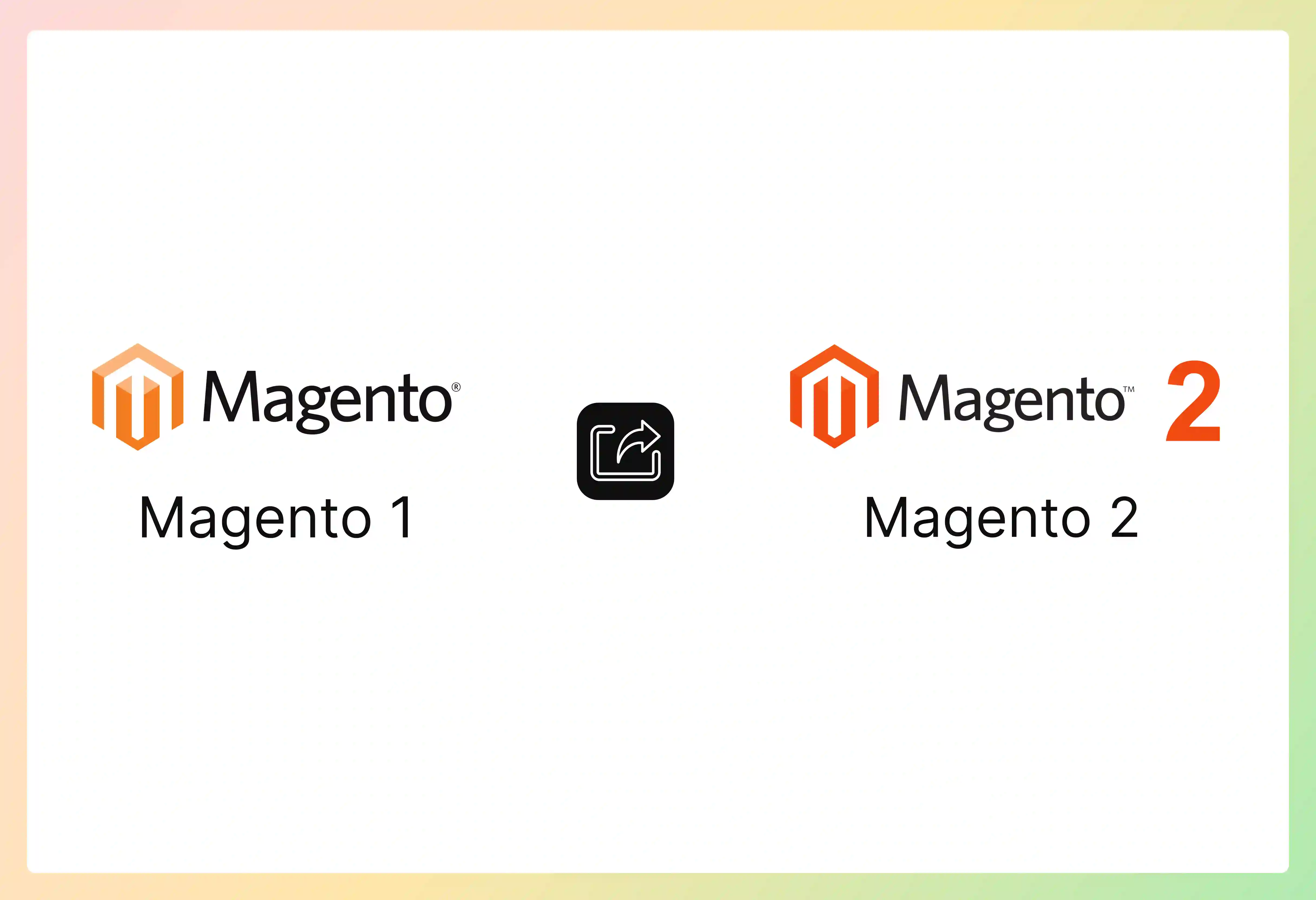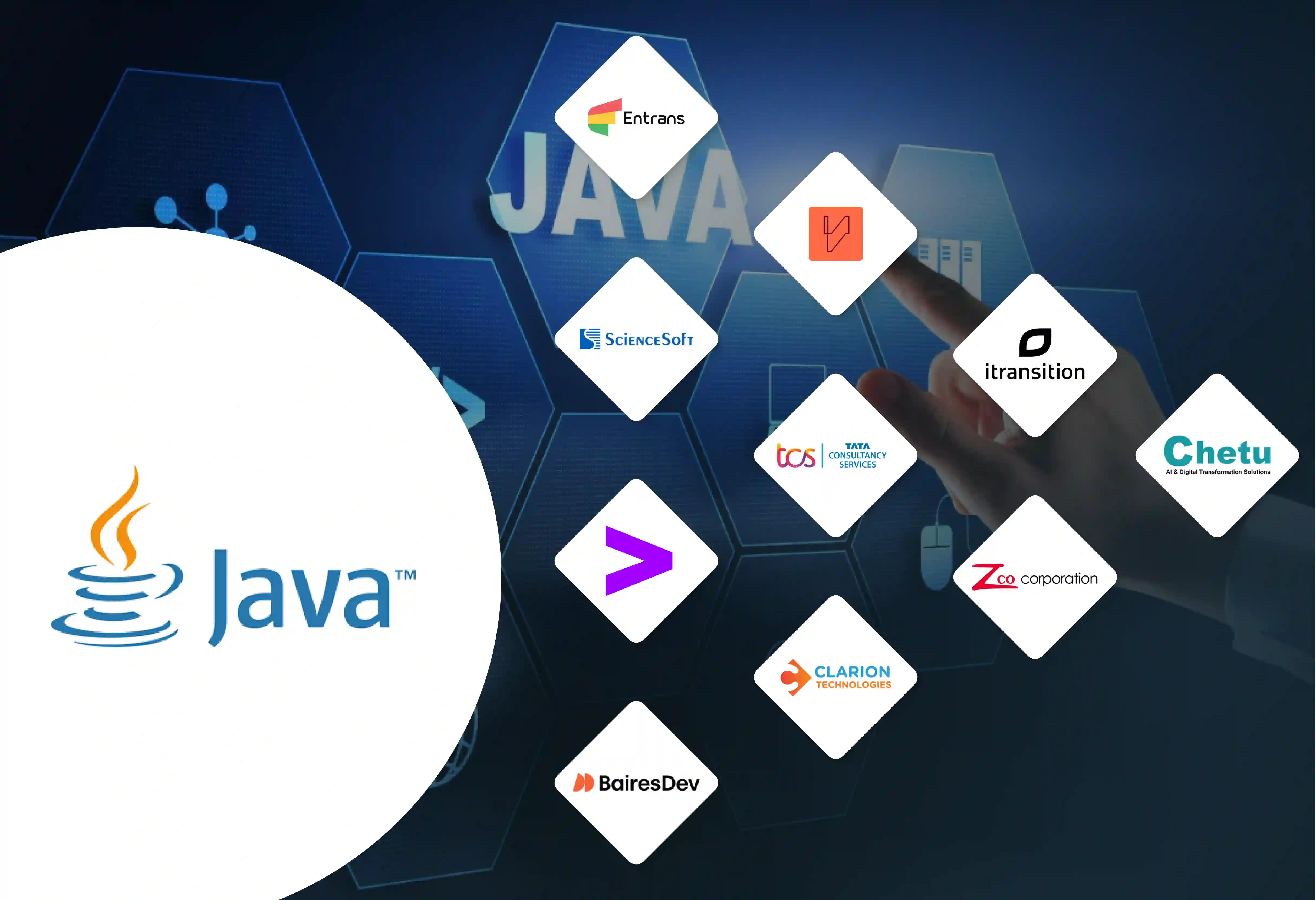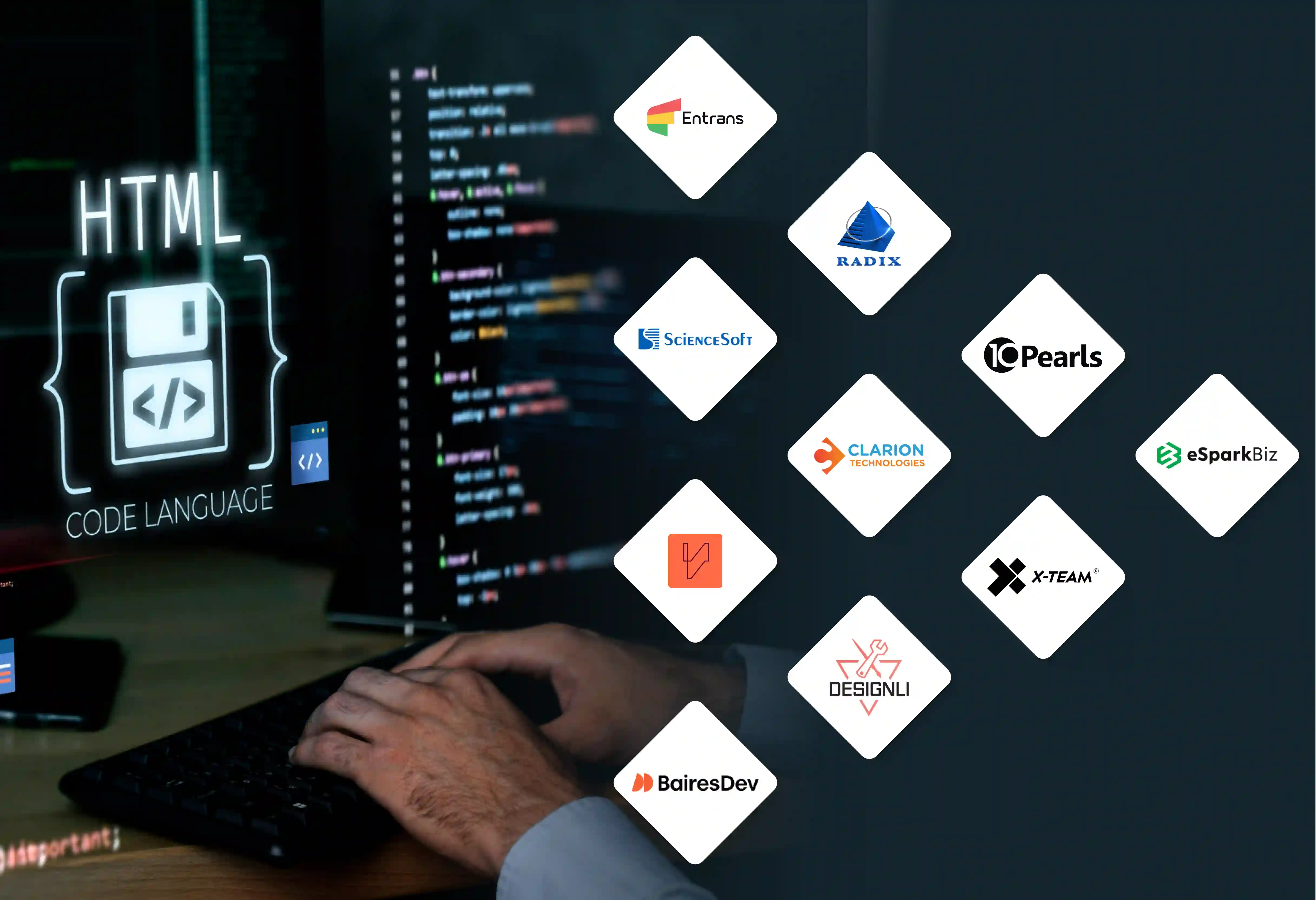


Businesses need more powerful, secure, and flexible eCommerce platforms. If you are still using Magento 1, then your store might be vulnerable to security attacks.
Migration from Magento 1 to Magento 2 is just more than a technical upgrade; it will increase performance, scalability, and customer satisfaction. Magento 2 gives more benefits due to its advanced architecture. It improves database optimization, full-page caching, and APIs for integrations.
This post will highlight the steps needed for a successful Magento 1 to Magento 2 migration and discuss how the business turns its risk into revenue.
Magento 1 to Magento 2 is essential due to the following reasons.
Magento 1 to Magento 2 migration is a comprehensive process that can be coined as a platform rebuild. The steps that are required for migration are
Migration does not end once all the data transfer is done. We need to carry out the following post-migration steps for a successful store journey.
The common challenges in Magento 1 to Magento 2 migration are
Migrating to Magento 2 will ensure more benefits, such as security, streamlined database management, and responsive design. Any migration will come with a lot of challenges. Partnering with a migration expert like Entrans will take out the risks associated with it.
Our specialists have deep experience and knowledge in both Magento 1 and Magento 2. We manage the whole process for you. That includes 301 redirects and performance optimization.https://www.entrans.ai/contact
Want to know more about how we make the Magento 1 to Magento 2 migration smooth and effective?. Book a consultation with us.
Magento 1 reached its end of life in June 2020; since then, security patches and updates have not been provided. Migrating to Magento 2 will provide you with improved performance, enhanced security, increased scalability, greater modern-friendliness, and access to modern features.
Magento 1 to Magento 2 migration involves auditing your Magento 1 site, theme, and custom code refactoring, selecting compatible Magento 2 extensions, manually copying media files, storing data, and then testing it thoroughly. Finish with performance tuning, SEO checks, and launch Magento 2.
Magento 1 to Magento 2 migration depends on store size and complexity. Typically, it will take around 1 to 3 months for small stores, 3 to 6 months for medium stores, and 6+ months for large enterprises.
Cost for Magento 1 to Magento 2 migration depends on theme development, custom code refactoring, and complexity/ volume of data. Typically, it costs around $10,000 for a simple store and $50,000 for highly complex projects.
Lorem ipsum dolor sit amet, consectetur adipiscing elit, sed do eiusmod tempor incididunt ut labore et dolore magna aliqua. Ut enim ad minim veniam, quis nostrud exercitation ullamco laboris nisi ut aliquip ex ea commodo consequat. Duis aute irure dolor in reprehenderit in voluptate velit esse cillum dolore eu fugiat nulla pariatur.
Block quote
Ordered list
Unordered list
Bold text
Emphasis
Superscript
Subscript






